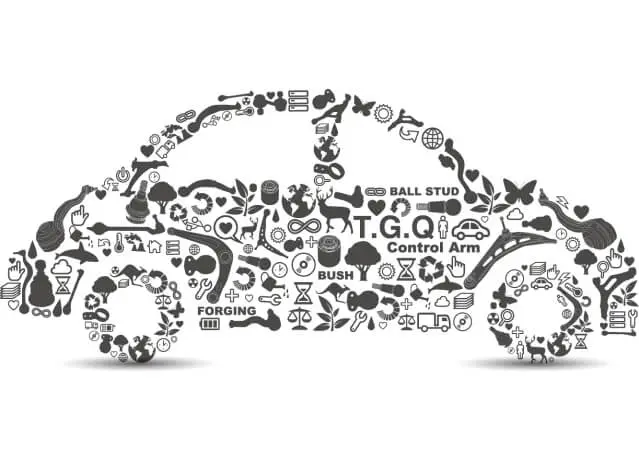Research and Development
Professional Research and Development Team
TGQ is fully committed to investing in development capabilities to achieve excellence in production processes and products. We as an expert in producing parts of suspension and steering systems, including control arm, ball joint, bushing, stabilizer link, tie rod end, and rack end.
In the early days of its establishment, TGQ strived for a chance to cooperate with the top three original parts and aftermarket manufacturers in USA. It is challenging to be an extremely demanding OEM factory, which others would rather avoid doing, and get new product development opportunities to create market differentiation.
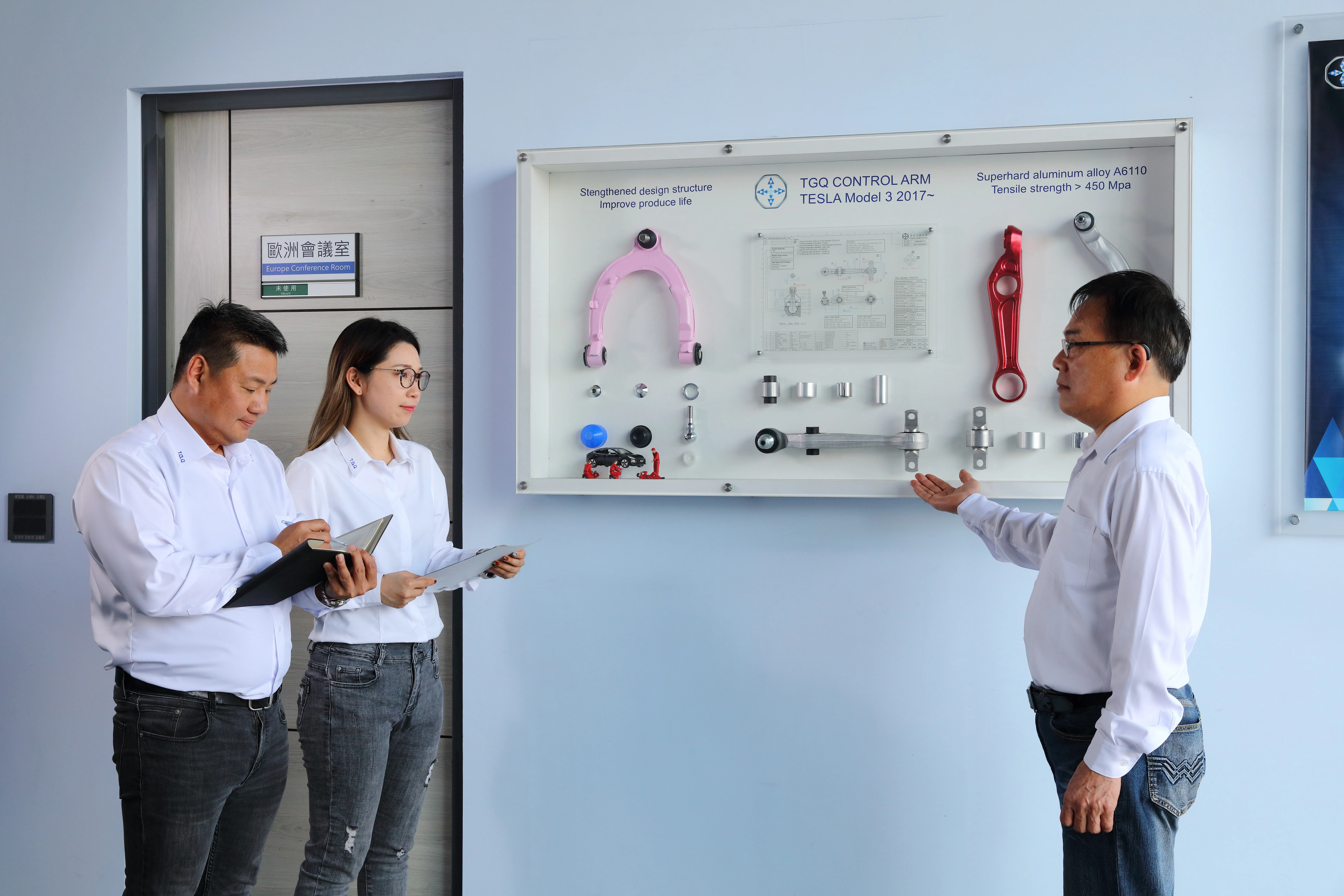
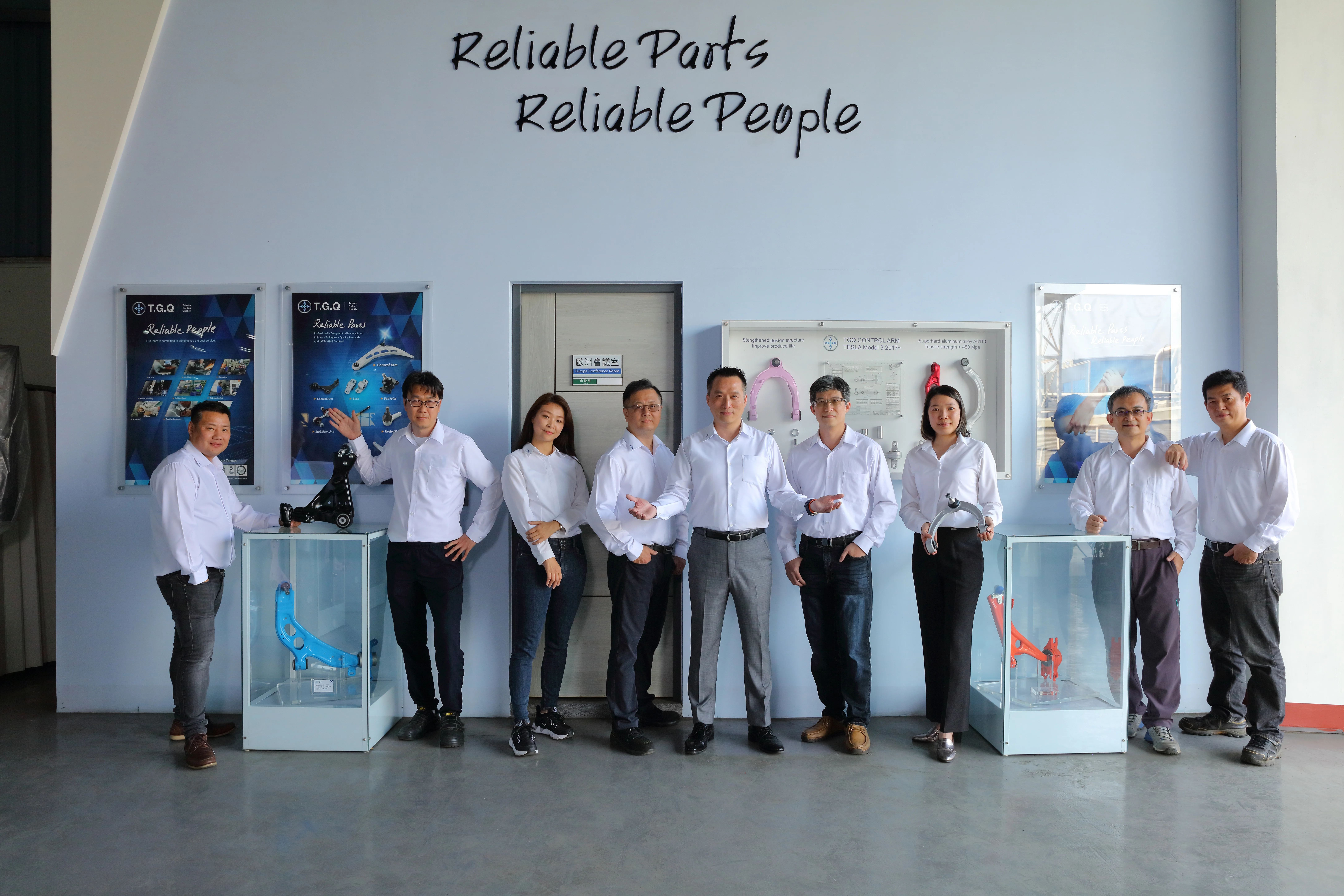
Real-Time Operating, Compliance with Regulations, Precision and Pragmatism
TGQ fully implies the work rules of “Real-time operating, compliance with regulations, precision, and pragmatism.” Now, it ranks among the top three in the aftermarket chassis and steering industry in Taiwan and become a Tier 2 supplier of well-known automotive manufacturers in Europe and a Tier 1 supplier of German EV.
Besides, TGQ is also the core supplier of leading brands in the region and offers our products and services to the most well-known brands worldwide aftermarket. Behind the lean manufacturing process of the parts, TGQ gained a lot of professional production experience, which complies with OE’s strict product specifications and rigorous drawing requirements.
It does improve our manufacturing technology and enhance the quality control standards; the most important thing is to establish the quality of TGQ basis.
Professional Technical Team
TGQ has a professional technical team (stamping process, welding process, cutting process, rubber process, assembling process), standardized production process, strict quality and environmental standards (with ISO9001 international quality certification, IATF16949, ISO14001 environment Management system certification).
In addition to the research and development department and production of automotive chassis suspension system spare parts, it can also create customized products for customers.
-
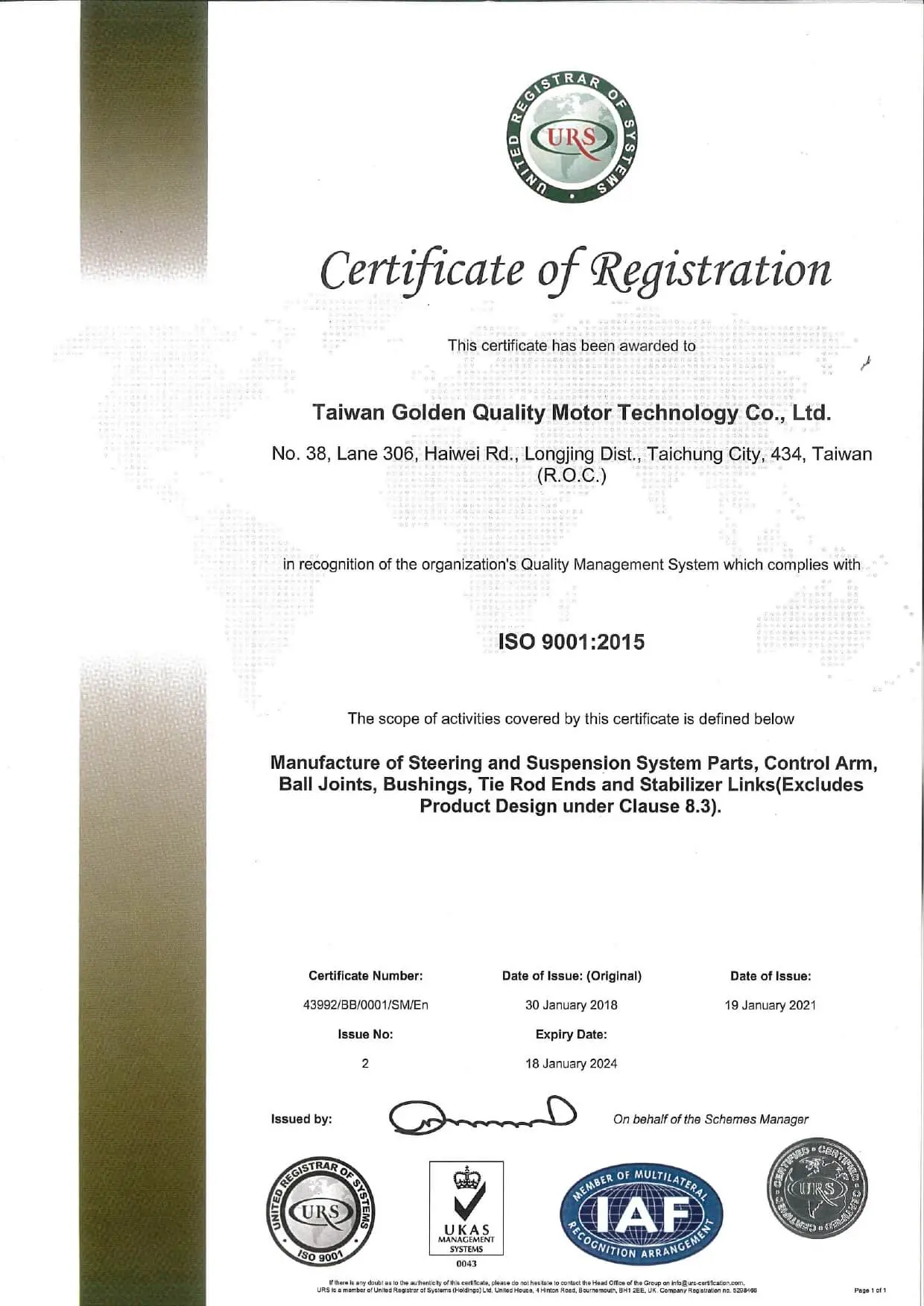
- ISO 9001:2015
-
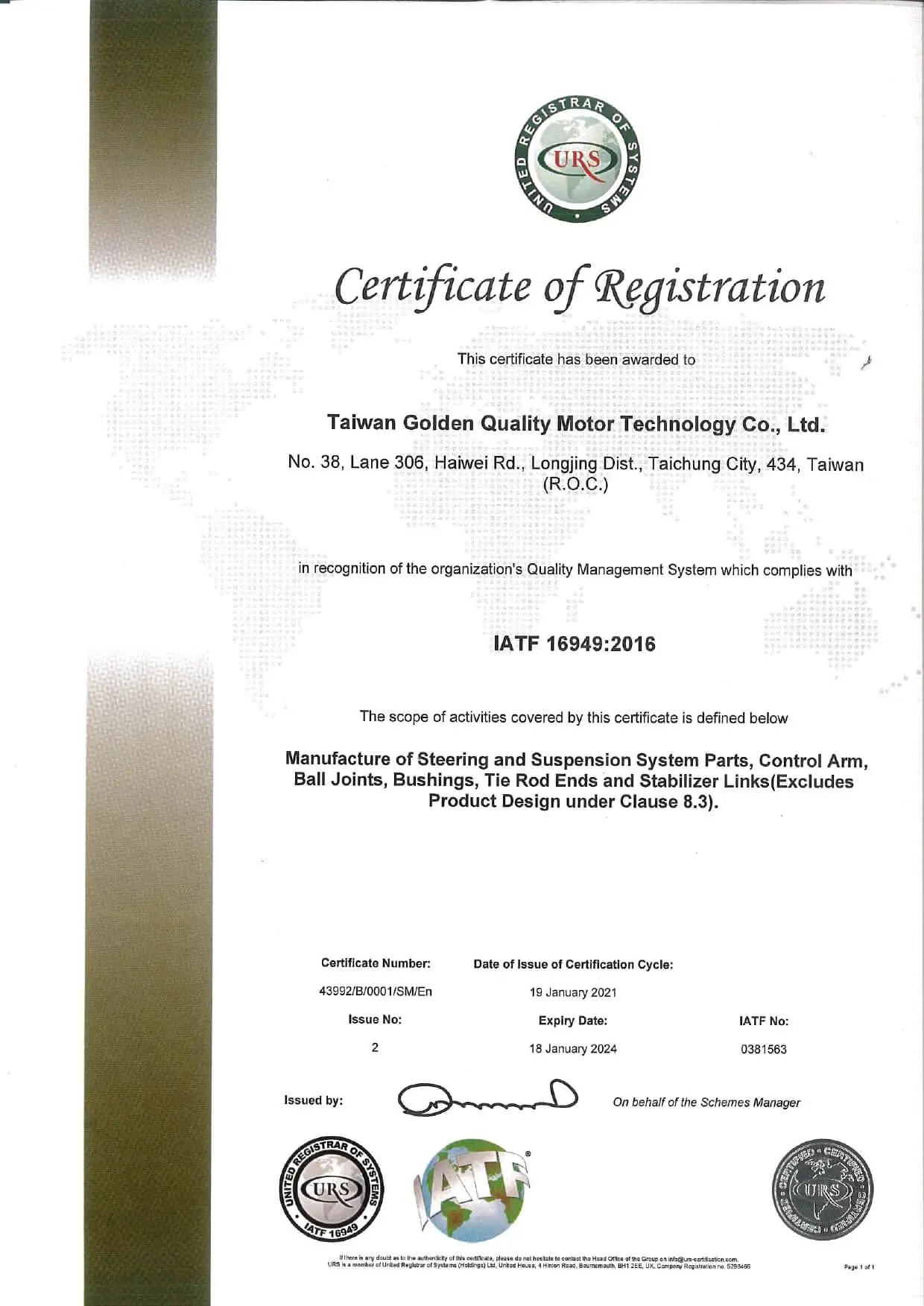
- IATF 16949:2016
-
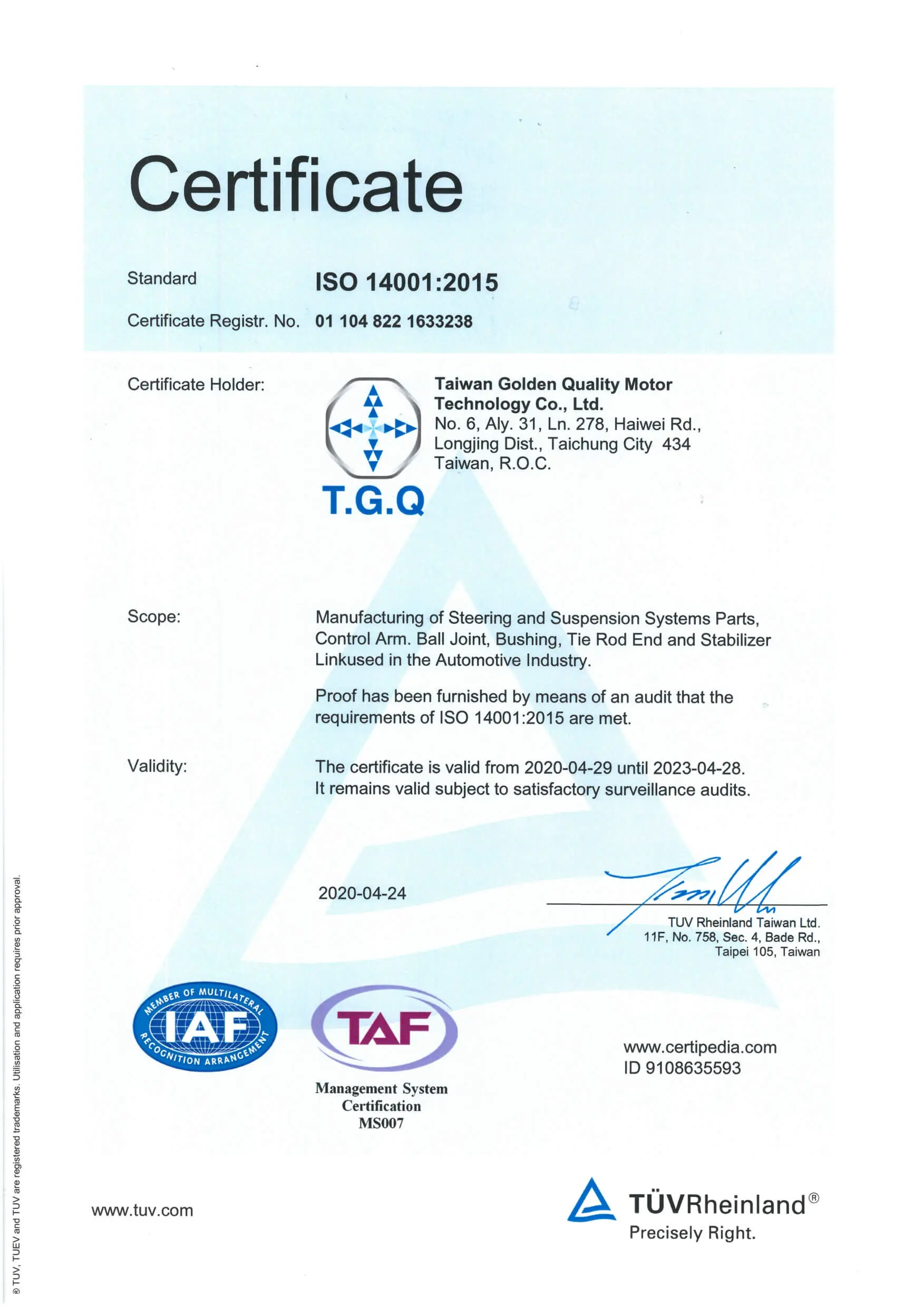
- ISO 14001:2015
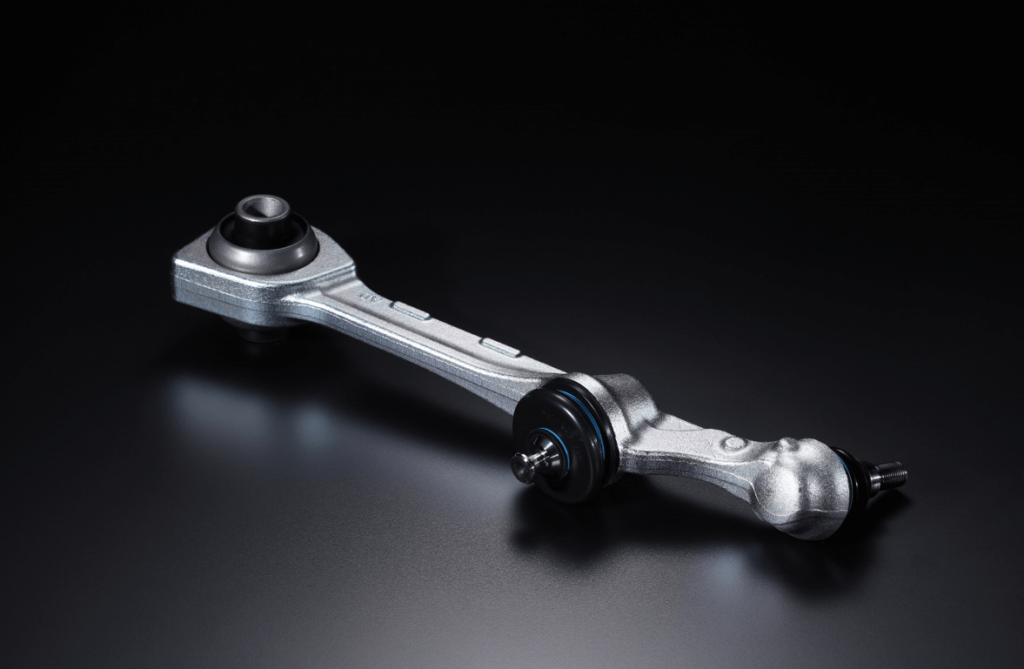
Genuine Parts
Evaluate genuine parts of relevant functional performance data according to the product quality inspection criteria to form the basis for product design and quality standards.
3D Scanning
- Curved surface appearance can be 100% scanned and compared using the 3D camera scanner
- Directly measured using the scanner software with an accuracy of up to 0.1mm
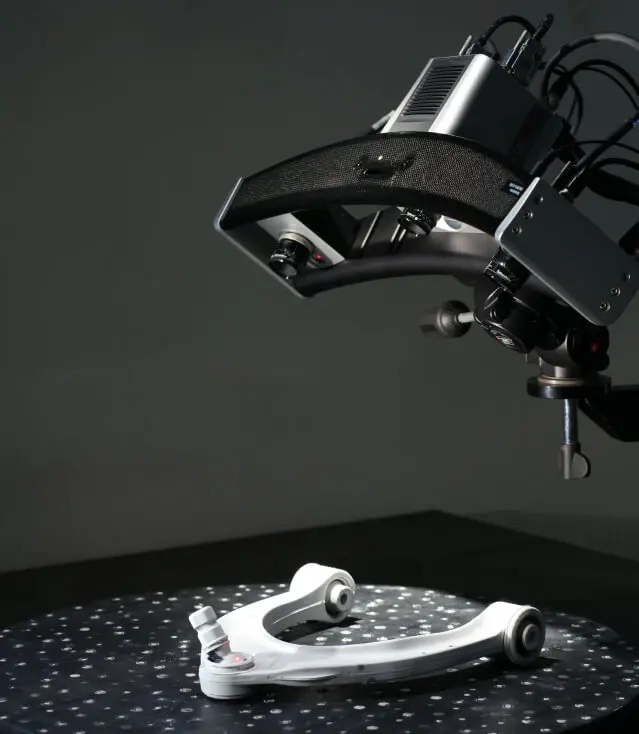
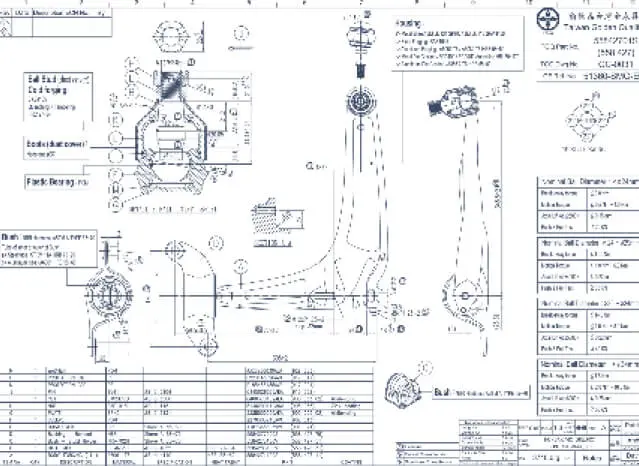
Design Specifications
- Type of control arm:
- Double-wishbone
- Macpherson strut
- Multi-link independent suspension.
- Functional performance / Mechanical strength / Hardness / Control arm material / Ball joint / Rubber bushings
- Formulate APQP / CP / PFMEA for new product development
2D / 3D Parts Design
- 2D / 3D illustration of finished products:
- Graphics
- Component drawing
- Model, gauge and fixture
- Software:
- Auto Cad
- Solid Works
- UG software
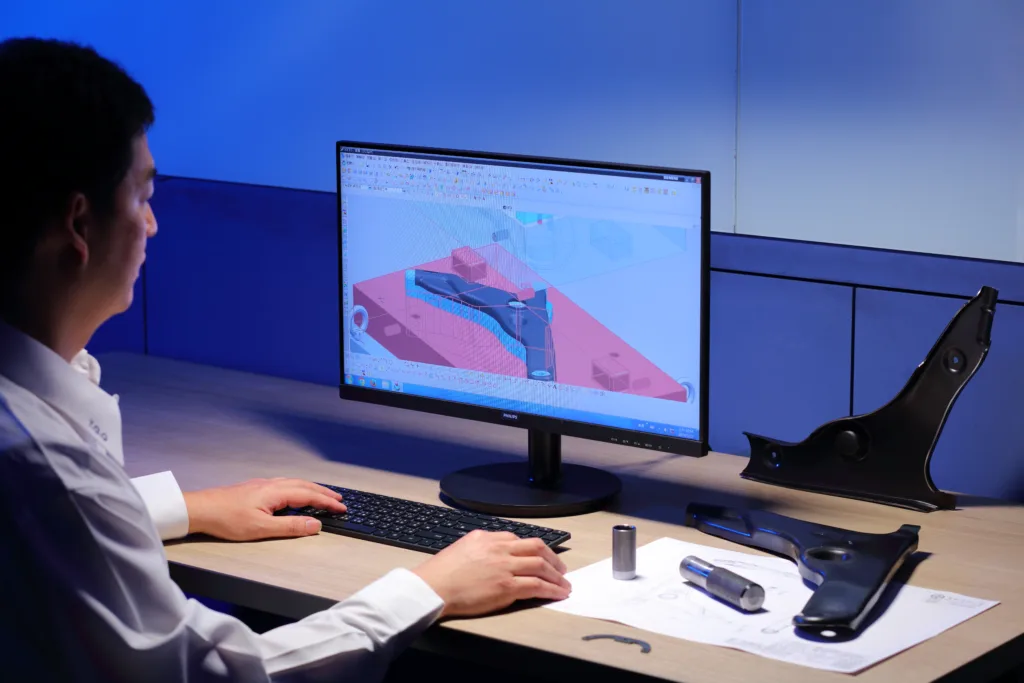
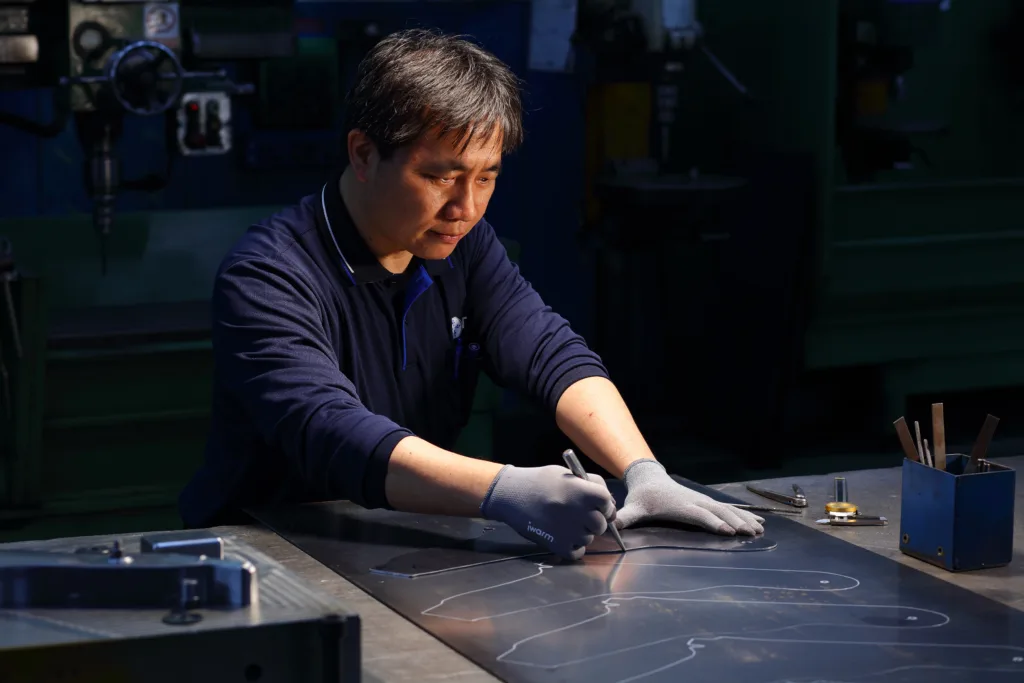
Production of Model, Gauge and Fixture
- Stamping / Hydraulic mold
- Welding fixture
- Cutting fixture
- Rubber mold
- Assembled fixture
- Parts quality inspection gauge
- Quality assurance test fixture
Sample Production
- 3 – 12 pcs of samples per part
- Each part is subjected to a comprehensive dimensional inspection as well as hardness, surface, strength and performance tests
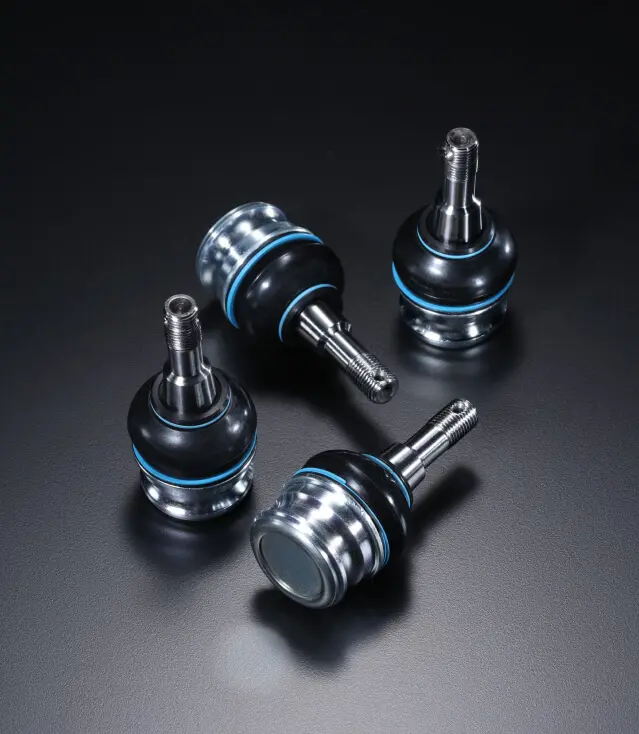
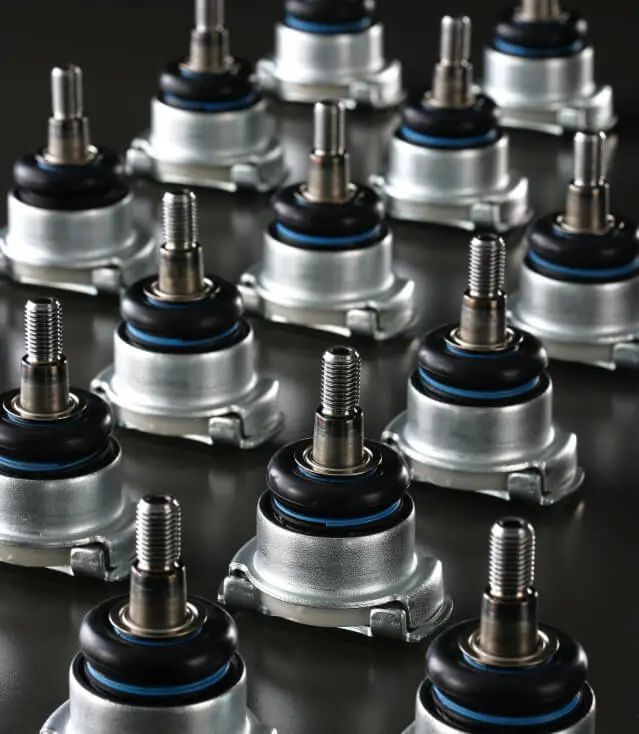
Trail Production
- 50 – 100 pcs of trial production for each part
- Special characteristics quality control point Process Performance Index (PPK)
Production Part Approval Process (PPAP) for Documentation
- Product specifications
- Standard Operating Procedure (SOP)
- ERP log-in system design
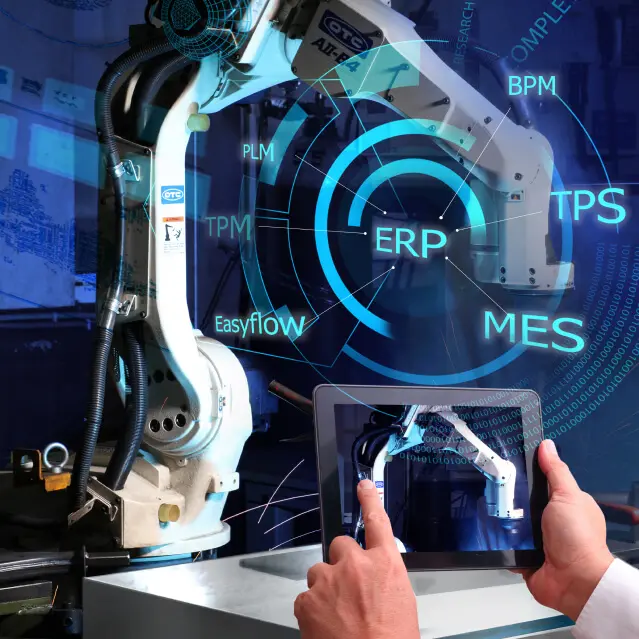
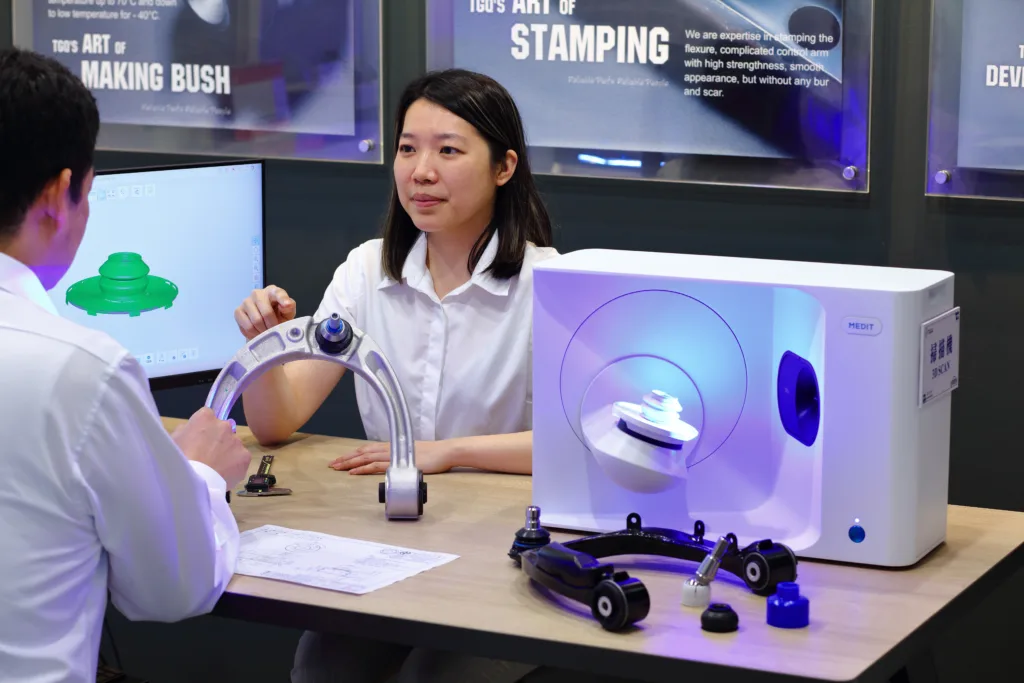
Development Capability
- 90 – 120 days of development for each vehicle type
- Average cost of each vehicle development is US$40,000
- 40 vehicle types are developed annually
- New product development costs: US$1,600,000 per annum
- 8 Development Engineers of Technology department
- 5 Equipment Manufacturing-mold Engineers of Technology department
Origin of Brands for Product Classification
- European Vehicles (40%)
- Mercedes Benz / BMW / AUDI / VW / Opel / Peugeot / Citroen / Fiat
- Japanese Vehicles (40%)
- Toyota / Honda / Nissan / Mitsubishi / Mazda / Lexus / Suzuki / Daihatsu
- American Vehicles (20%)
- Ford /GM / Chrysler
